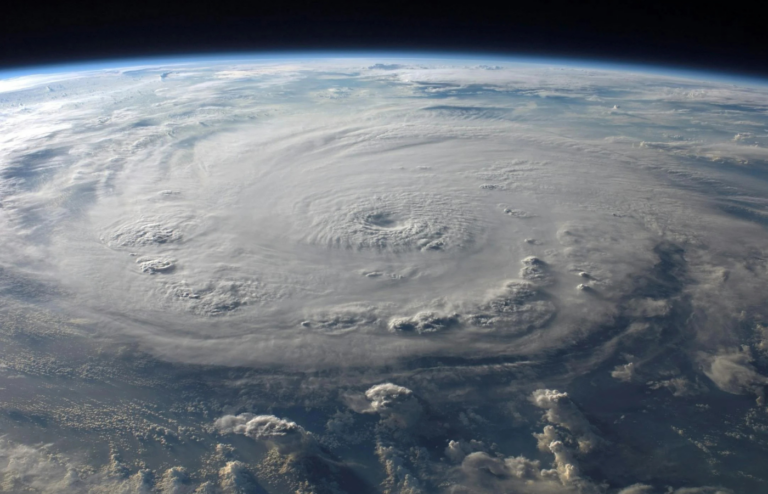Heatwaves are among the most dangerous natural disasters, even though they don’t have the visual destruction of hurricanes or tornadoes. Extreme heat can overwhelm power grids, dry up water supplies, and put millions at risk of heatstroke and dehydration. Some of the deadliest heatwaves in history have lasted for weeks, leaving behind staggering death tolls and lasting environmental damage.
These ten heatwaves stand out for their sheer devastation. They pushed temperatures to unbearable levels, shattered records, and left entire regions struggling to recover.
1. The 2003 European Heatwave

The summer of 2003 was Europe’s deadliest heatwave, claiming around 70,000 lives, with France suffering the most. Temperatures soared above 104°F (40°C) across several countries, and the lack of air conditioning in homes and hospitals worsened the crisis. The tragedy prompted European governments to reassess their response plans for future heatwaves.
2. The 2010 Russian Heatwave
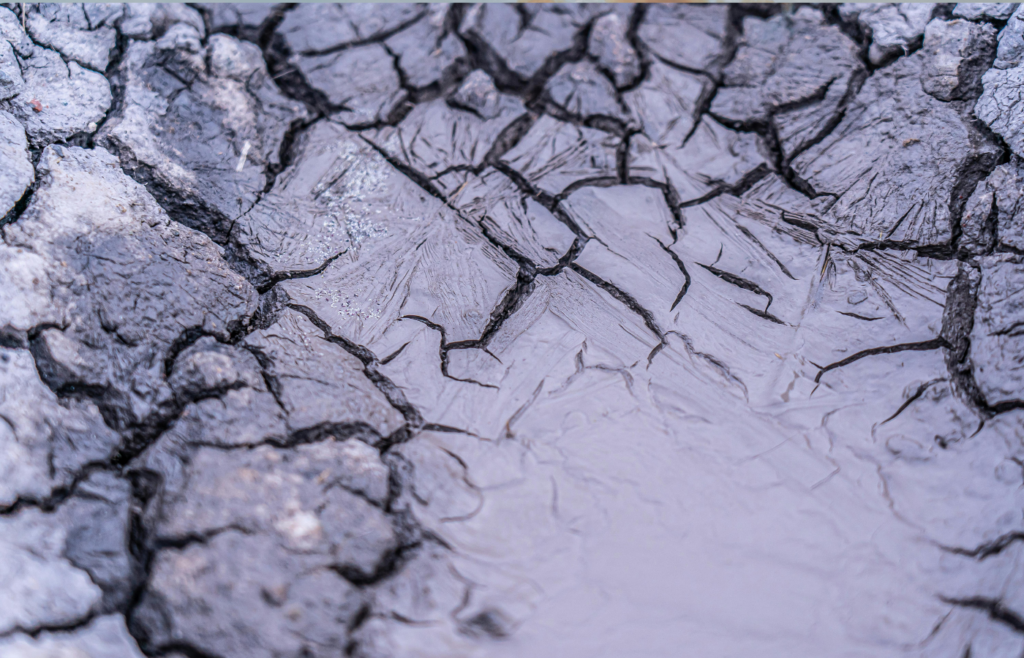
The summer of 2010 brought a devastating heatwave to Russia, with temperatures reaching 100°F (38°C) in Moscow an extreme for the region. The heat sparked wildfires, polluted the air with smoke, and claimed over 55,000 lives, many from respiratory illnesses. Crops were destroyed, leading to food shortages and severe economic impact.
3. The 1995 Chicago Heatwave

In July 1995, a brutal heatwave in Chicago claimed 739 lives in just five days, with temperatures peaking at 106°F (41°C). The oppressive humidity and lack of air conditioning in many homes, especially for the elderly, made the heat unbearable, while blackouts and poor emergency response deepened the crisis. The tragedy prompted cities across the U.S. to improve heat emergency plans and establish cooling centers.
4. The 2015 Indian Heatwave
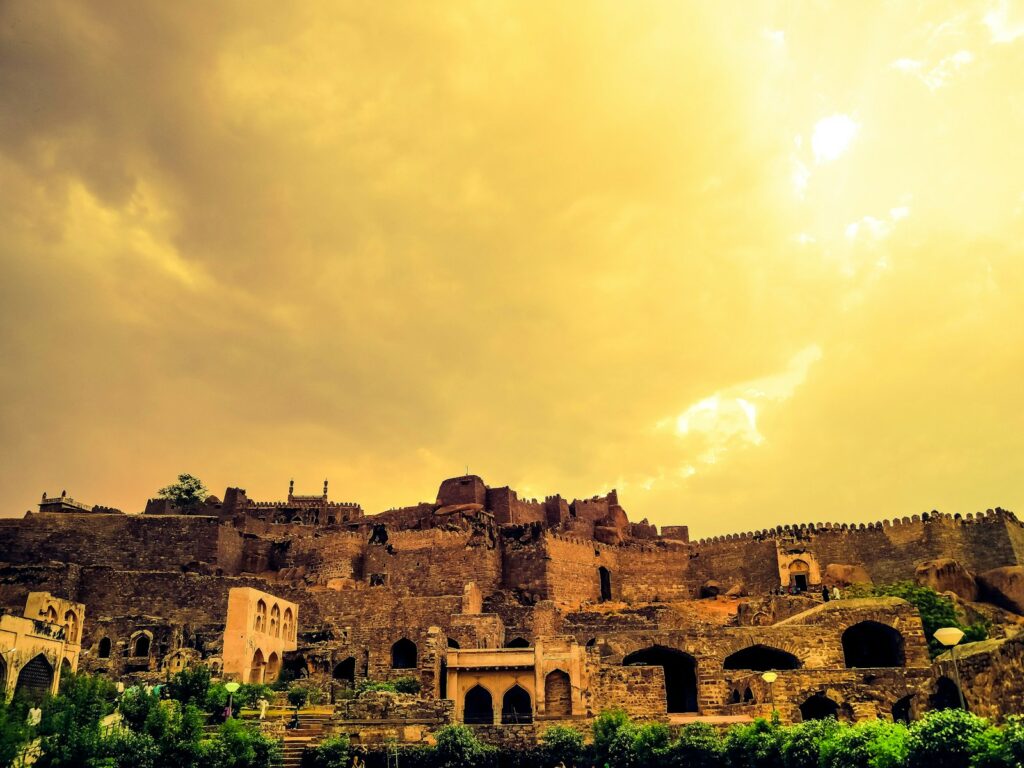
In May 2015, India experienced an extraordinary heatwave with temperatures taking off to 118°F (48°C), coming about in over 2,500 passings, especially in Andhra Pradesh and Telangana. Numerous of the casualties were open-air laborers incapable of eluding the unforgiving sun, whereas streets softened in Unused Delhi and healing centers were overpowered. In reaction, the government exhorted remaining inside and sloped up get to to drinking water.
5. The 1980 United States Heatwave
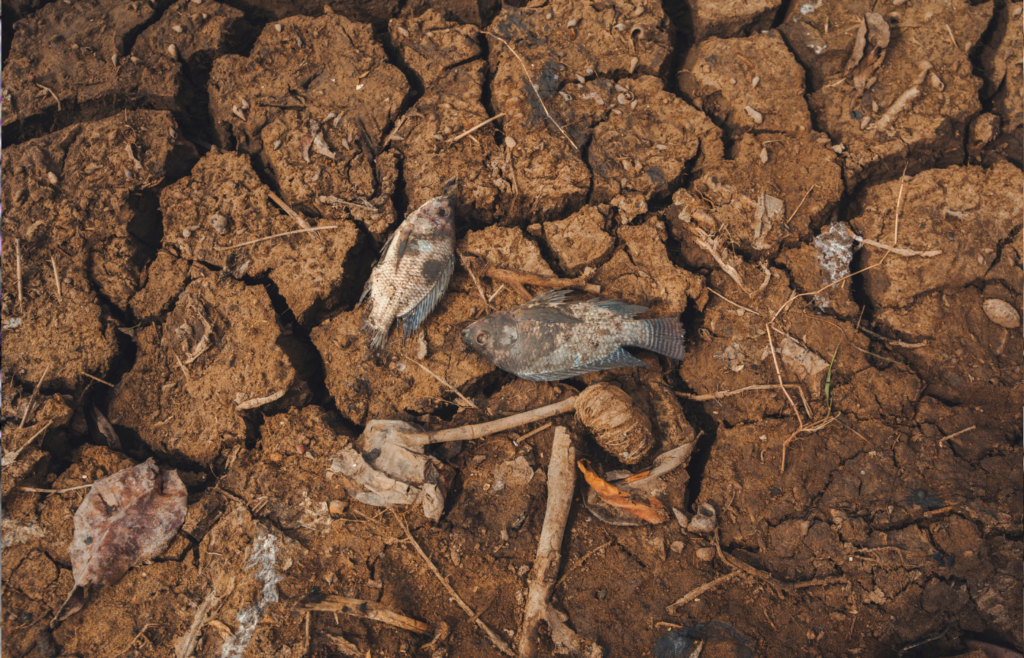
The summer of 1980 was one of the hottest on record in the U.S., claiming over 10,000 lives and causing billions in crop damage. Cities like St. Louis and Dallas faced temperatures above 110°F (43°C), with heat indexes making it even more unbearable. The lack of modern heatwave awareness and resources at the time left many people unprepared for the extreme conditions.
6. The 1936 North American Heatwave
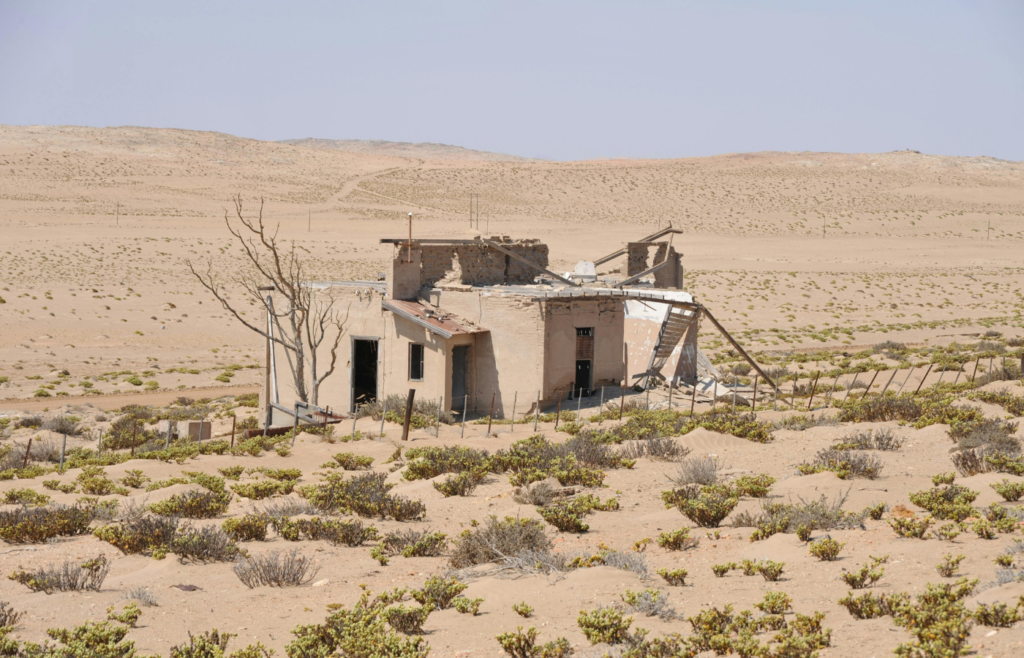
In the summer of 1936, during the Great Depression, one of the worst heatwaves in history hit North America, with temperatures reaching 121°F (49°C) in parts of the U.S. and Canada. Over 5,000 lives were lost, and the scorching heat intensified the Dust Bowl, destroying crops and deepening food shortages. This heatwave remains one of the most extreme ever recorded in the region.
7. The 2019 European Heatwave

In 2019, Europe persevered a dangerous heatwave, with France hitting an all-time tall of 114°F (46°C) and over 2,500 heat-related passings. Cities like Paris and Berlin battled to keep open spaces cool, opening air-conditioned covers to give help. This extraordinary occasion highlighted the expanding concern over climate alter and the rise of more visit extraordinary climate.
8. The 1972 Iraq Heatwave

In July 1972, Iraq experienced one of the hottest heatwaves on record, with temperatures exceeding 123°F (51°C), leading to thousands of deaths. Water shortages and widespread suffering plagued the worst-hit areas, and without modern cooling technology, entire communities were left to endure the extreme conditions.
Read More: Top 10 Weather Phenomena That Science Still Doesn’t Fully Understand
9. The 2006 North American Heatwave
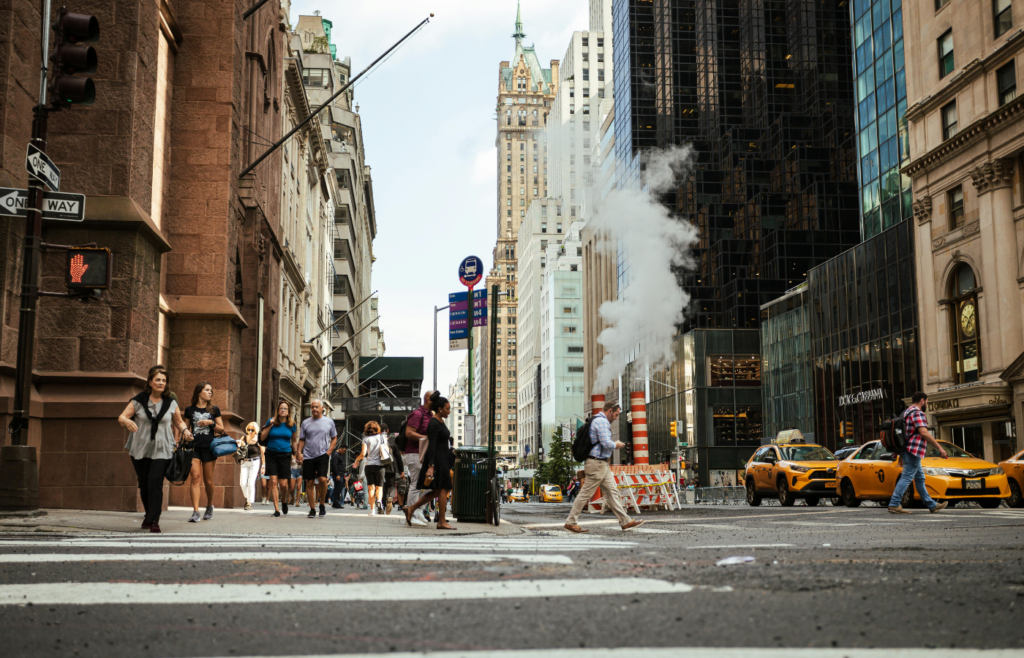
In July 2006, an extraordinary heatwave held the U.S. and Canada, persevering for weeks and causing at least 1,500 passings. California endured the most discernibly horrendous of it, with temperatures in Los Angeles coming to 119°F (48°C), enacting quickly spreading fires and controlling power outages. Analysts associated the event with around the world warming, caution that such exceptional heatwaves may become more common.
Read More: Never Do These 10 Things During a Thunderstorm
10. The 2022 South Asian Heatwave
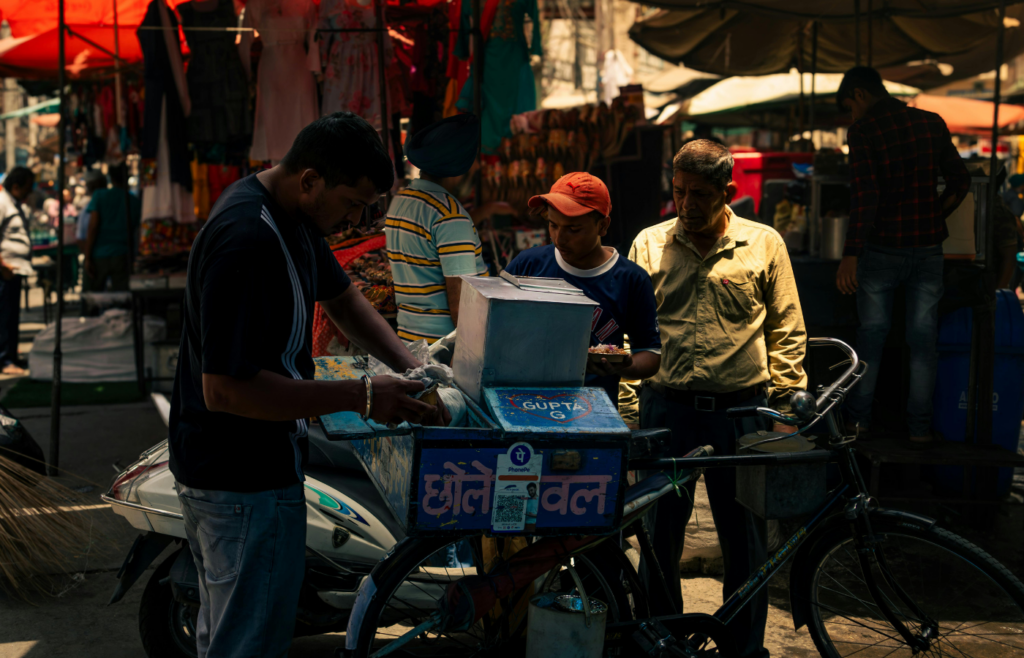
In March and April 2022, Pakistan and India faced a severe heatwave, with temperatures reaching 122°F (50°C), killing over 90 people and devastating agriculture. Arriving before the monsoon season, the heatwave provided little relief, and scientists linked the event to climate change, warning that such extreme heat would increasingly threaten millions in the future.
Final Thoughts
Heatwaves don’t always get the same attention as hurricanes or earthquakes, but their impact can be just as deadly. With climate change driving temperatures higher, heatwaves are becoming more frequent and severe. Learning from past disasters is key to preventing future tragedies.
Governments and communities must take action to protect vulnerable populations, improve infrastructure, and raise awareness about heat safety. Extreme heat is no longer a rare occurrence it’s a growing global threat.
Read More: 15 Smartest Ways to Prepare for a Hurricane Before It Hits





